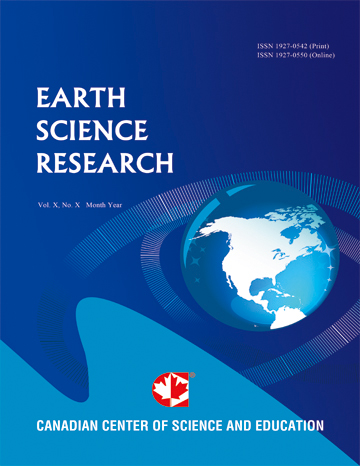How a Fundamentally Different and New Glacial History Paradigm Explains North America Glaciated Prairie Region Erosional Escarpments and Drainage Patterns
- Eric Clausen
Abstract
Scientific paradigms are frameworks of ideas governing how a discipline conducts its research. Paradigms by themselves are neither correct nor incorrect, but are judged on their ability to explain evidence and to open up research opportunities. The commonly accepted glacial history paradigm requires North American glaciated prairie region erosional landform features, such as erosional escarpments and abandoned valleys associated with the north-oriented Bell River drainage system, to be pre-glacial in origin. While considerable literature is based on such interpretations those escarpments and abandoned valleys are formed in easily eroded bedrock and should not have survived continental ice sheet erosion. In addition to defying common sense logic the pre-glacial origin of those erosional escarpments and abandoned valleys is not well understood. A new paradigm requiring at least one continental ice sheet to have occupied a deep North American “hole” (formed by deep ice sheet erosion and ice sheet caused crustal warping) offers geomorphologists an opportunity to explain the erosional escarpments as remnants of canyon walls originally formed when supra-glacial rivers sliced ice-walled and bedrock-floored canyons into a decaying continental ice sheet’s surface and the abandoned north-oriented Bell River drainage system valleys to have been eroded as the ice-walled and bedrock-floored canyon network captured and diverted massive melt water floods onto and then across the decaying ice sheet’s floor and then in northeast and north directions between detached and semi-detached ice sheet remnants. The diversion of immense melt water floods from the Gulf of Mexico to the North Atlantic Ocean triggered climatic change that ended the first ice sheet’s melting. Water in the newly formed north-oriented drainage systems then froze between the detached and semi-detached (and greatly thinned) ice sheet remnants to create a second and much thinner ice sheet and to complete creation of the glaciated prairie region glacial features seen today.
- Full Text:
 PDF
PDF
- DOI:10.5539/esr.v8n2p23
Index
Contact
- Lesley LuoEditorial Assistant
- esr@ccsenet.org
